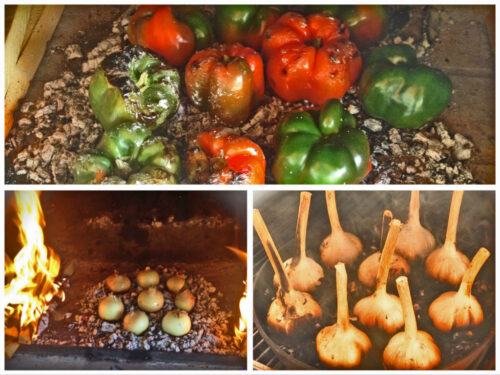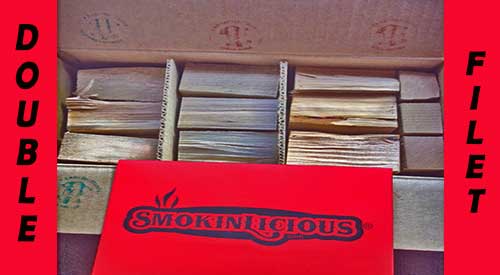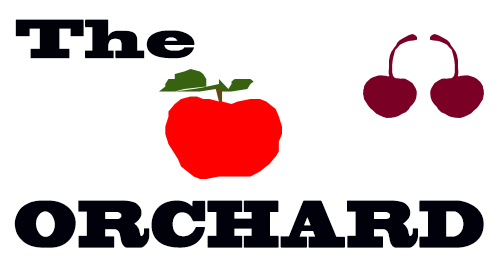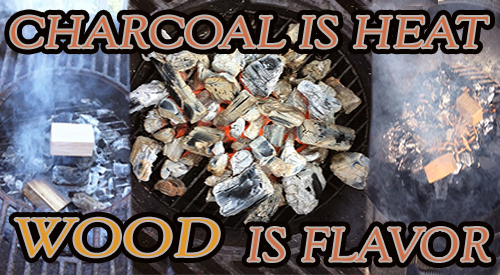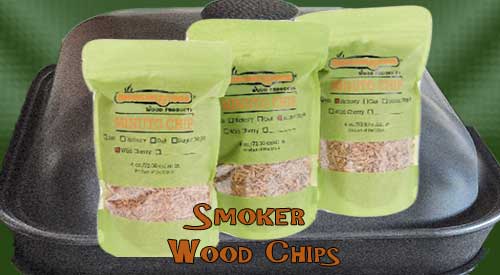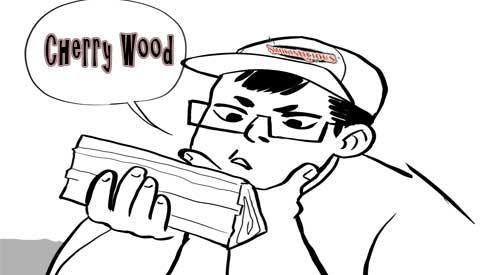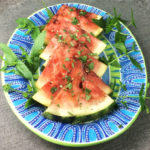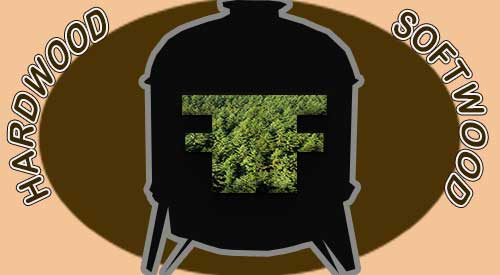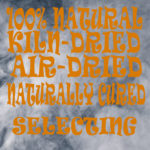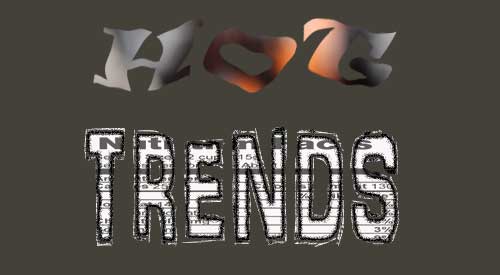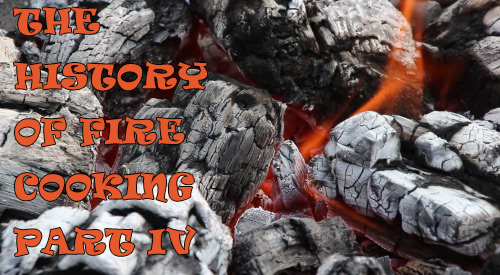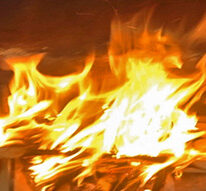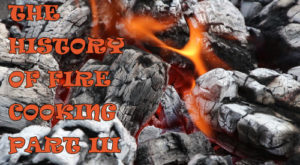Fri 27 Sep 2019
IS THE FOOD INDUSTRY CULPABLE FOR THE SPREAD OF OAK TREE MORTALITY?
Posted by DrSmokeRead other related stories: Cooking , General Smoking Information
No Comments
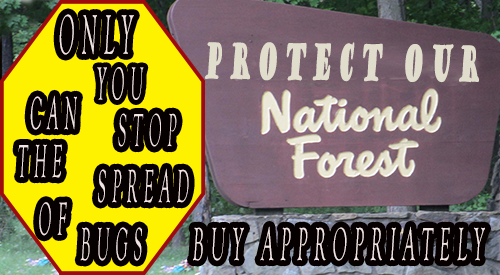
We consider ourselves part of the food industry. Smokinlicious® is compliant with all USDA (national & international) and local rules regarding the movement of our wood products. We take great pride in our Forest Stewardship practices to stop oak tree mortality.
IS THE FOOD INDUSTRY CULPABLE FOR THE SPREAD OF OAK TREE MORTALITY?

In a previously published article about the food industry; we discussed the negative outcome as it relates to sales dollars when brands elect to go into the wood-fired cooking arena without researching anything about wood for cooking. Let’s take a step further and explore the actual wood and potential risks like oak tree mortality when a brand fails to carry out a menu plan, thus abandoning the wood-fired cooking concept.
I often wonder if the public is aware of all the pest infestations that are currently plaguing our country as a direct result of the movement of wood. Correction, that occurred due to global trade. Yes, it is the use of imported goods on wooden packaging materials in addition to imported plants that have resulted in infestations around our country. Each year, this risk of infestation continues to rise and frankly, I opine that it isn’t all due to importation.
What if the food industry is really the key contributor to this problem?
Emerald Ash Borer, Hemlock Woolly Adelgid, White Pine Blister, Gypsy Moth, Beech Bark Disease, Sirex Wood Wasp, Winter Moth, Dutch Elm Disease, Dogwood Anthracnose, Butternut Canker, Sudden Oak Death, Balsam Woolly Adelgid.
These are just some of the infestations that are being tracked in the USA. Let’s take a closer look at one hardwood species that is of great concern: Oak.
It is the hardwood of choice when it comes to restaurants likely due to all the hype from the state of Texas when it comes to barbecue. They like their beef (brisket specifically) and they like it cooked over oak. As mentioned in our article “When A Flop Could Have Been A Success,” there were two franchise brands in particular, that banked on only oak for the success of their wood-fired menu items: Red Lobster and Applebee’s Bar & Grill.
Oak Tree Mortality & the Food Industry
Red Lobster has over 700 locations while Applebee’s Bar & Grill has nearly 2000 locations. Now process those numbers. By sourcing it from whatever suppliers they can locate and then putting it into the food industry distribution network to be delivered with other restaurant goods (including foods items like produce, spices, herbs, etc). Given the enactment of the FDA’s Food Safety Modernization Act (FSMA), we are starting to address some concerns related to the food industry. Unfortunately, the use of wood, more specifically firewood in restaurant kitchens, has not been identified as a need when it comes to health. Why?
Although Red Lobster has kept alive some of its wood-fired menu items and Applebee’s Bar & Grill is still attempting to get some life out of their wood-fired steaks, I state that these plans failed terribly. So, what happened to all the wood that was meant for these restaurants? Did it get thrown into a dumpster at each location to be transported to a landfill? Did employees volunteer to take some as firewood and transport it to their homes ignoring laws in to stop the movement of firewood? Could some supply still be sitting idle in food distribution centers?
Conclusion
It appears clear that we need to start with the commodity called wood and delineate regulations when it comes to using it for cooking. Rather than mass labeling all wood as appropriate for cooking, when its involved in food consumption. How long before we realize that deforestation from the spread of pest disease has been aided by the restaurant industry? If we start to question what that wood-fired steak, salmon, or chicken was cooked over, we will understand how little is known about the cooking wood being used.

More Related reading on “What Wood for Smoking” and other great smoking and grilling tips and techniques
Related reading:
-THE BOLDNESS OF OAK!
-AS HARD AS OAK!
-TO BARK OR NOT
-WHEN A FLOP COULD HAVE BEEN A SUCCESS!
Purchase products:
Wood Chips- Grande Sapore®
Wood Chunks- Double and Single Filet

Dr Smoke- “Dr Smoke makes every effort possible to protect our forest from disease and blight that cause such outcomes as oak tree mortality. We are a supporter of forest stewardship and integrated pest management.”
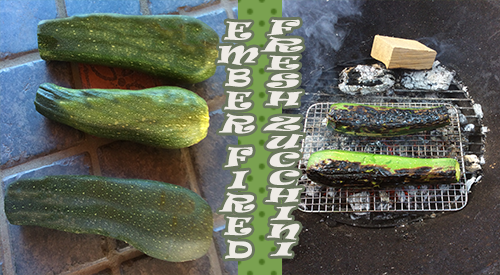

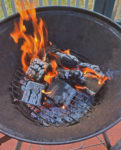 Know this from the start – You do not need a large fire! A small fire is best to accomplish your cooking in about an hour’s time. For my fire, I am using ten SmokinLicious
Know this from the start – You do not need a large fire! A small fire is best to accomplish your cooking in about an hour’s time. For my fire, I am using ten SmokinLicious 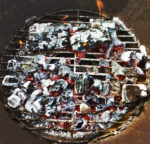 You will know when the coals or embers are ready for cooking when you have uniform coals and they are glowing red from the bottom and gray on top. I keep a couple of larger coals banked to the side to maintain heat and for reserved hot coals. Just in case I need to rake more to the cooking side. I like to nestle a high heat metal cooking rack on the hot coals and then place my
You will know when the coals or embers are ready for cooking when you have uniform coals and they are glowing red from the bottom and gray on top. I keep a couple of larger coals banked to the side to maintain heat and for reserved hot coals. Just in case I need to rake more to the cooking side. I like to nestle a high heat metal cooking rack on the hot coals and then place my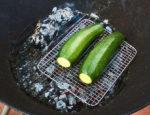 With the zucchini and coal rack in place, I give the embers about 8 minutes to char and cook the first side of the zucchini. After that time, I gently turn the zucchini so that each side gets an even char. Once the first 8 minutes are done, there will be less time needed for each of the other sides as the zucchini will hold heat. I’ve added one additional wood piece to my banked fire just to be sure I have enough heat in the coal area. I will not put the lid on the unit during the entire cooking process as this is open fire cooking. My total coal cooking time is approximately 16 minutes.
With the zucchini and coal rack in place, I give the embers about 8 minutes to char and cook the first side of the zucchini. After that time, I gently turn the zucchini so that each side gets an even char. Once the first 8 minutes are done, there will be less time needed for each of the other sides as the zucchini will hold heat. I’ve added one additional wood piece to my banked fire just to be sure I have enough heat in the coal area. I will not put the lid on the unit during the entire cooking process as this is open fire cooking. My total coal cooking time is approximately 16 minutes. After placing my ember fired fresh zucchini on hot coals for about 16 minutes total, turning several times to get an even char, this spectacular vegetable is ready for eating. You will see, there is very little coal bed left following this technique so remember, if you are cooking more than a
After placing my ember fired fresh zucchini on hot coals for about 16 minutes total, turning several times to get an even char, this spectacular vegetable is ready for eating. You will see, there is very little coal bed left following this technique so remember, if you are cooking more than a 